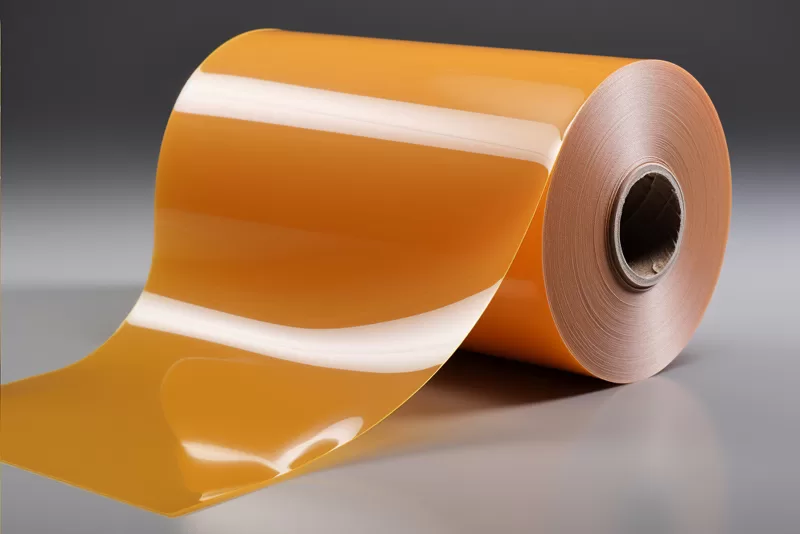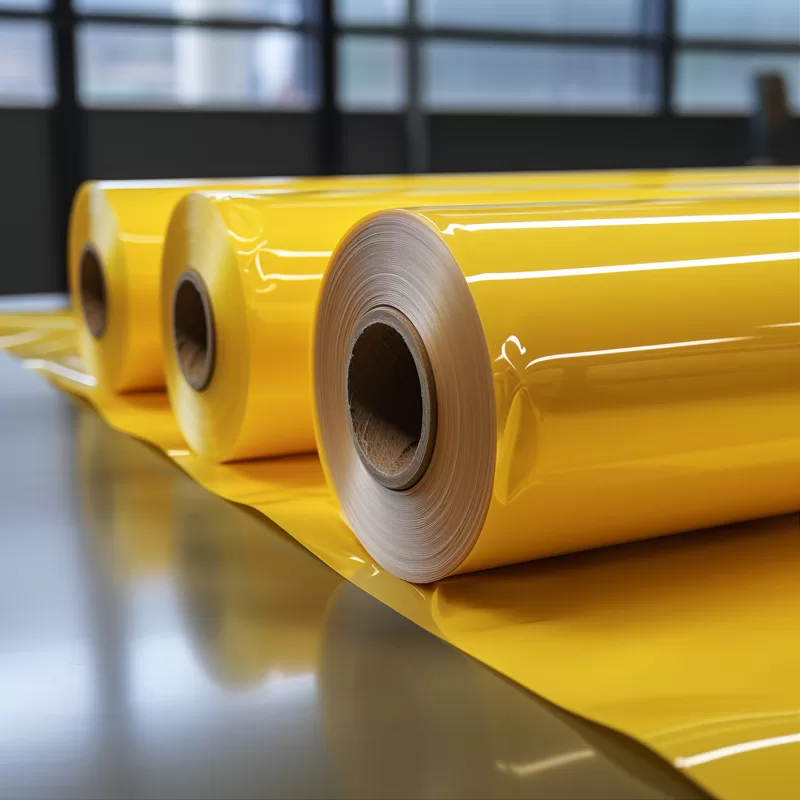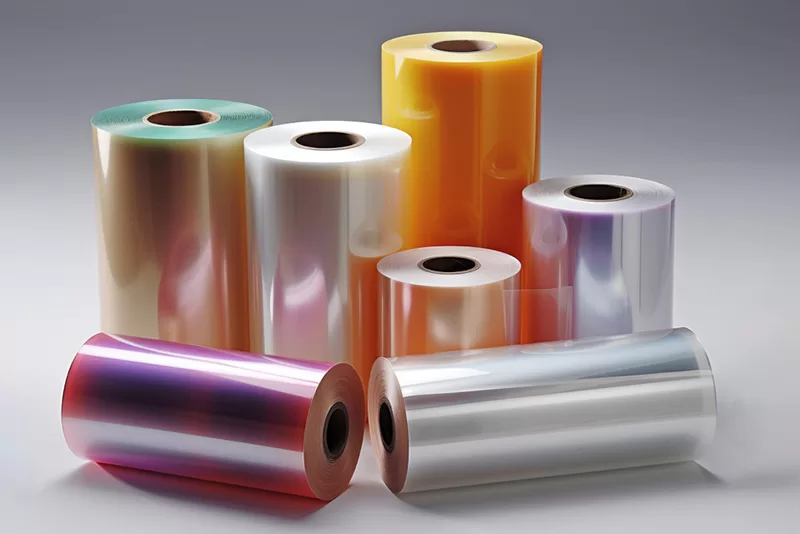When printing with DTF thermal release film, it is important to be aware of common mistakes that can affect print quality and success. Here are some mistakes to avoid:

1. Insufficient preheating: Preheating the fabric is critical to ensure proper ink attachment and transfer. Failure to fully preheat the fabric may result in incomplete or faded designs. Follow the manufacturer's recommended preheat temperature and duration for best results.
2. Inconsistent heat press: Maintaining consistent heat press is critical to uniform ink transfer. Inconsistent pressure can result in uneven or uneven printing. Make sure to apply consistent pressure throughout the printing process.
3. Incorrect temperature and time settings: Using incorrect temperature and time settings can negatively affect the final print quality. Refer to the manufacturer's guidelines for proper temperature and time settings for the specific heat release film you are using. Avoid guesswork or assumptions and ensure their accurate calibration.
4. Lack of test printing and calibration: Failure to perform test printing and calibration may result in unacceptable print results. It is important to test different settings, fabrics, and designs to determine the best settings for your particular print setup. Calibrate your equipment regularly to ensure consistent and accurate results.
5. Improper Film Placement and Alignment: Improper placement or alignment of the heat release film on the fabric may result in printing errors or distortion of the design. Take some time to properly position the film on the fabric to ensure it is properly aligned and firmly in place before transferring.
6. Insufficient cooling time: It is very important to allow enough cooling time before peeling off the film. Peeling too quickly may result in dirty or distorted designs. Follow the cooling time provided by the manufacturer for best results.
7. Neglecting to properly remove the film backing: Failure to properly remove the film backing after transfer can result in unwanted residue or an incomplete design. Remove the film backing carefully, smoothly, and cleanly to ensure the entire design is transferred to the fabric.
8. Improper equipment maintenance: Regular maintenance of printing equipment, including heat presses and printers, is very important for consistent, high-quality prints. Neglected maintenance can lead to uneven heat distribution or clogged printheads, affecting the entire printing process.
9. Improper storage of film: Improper storage of heat release film can lead to degradation or damage, affecting its performance. Store film in a cool, dry place out of direct sunlight and moisture, according to the manufacturer's recommendations.
10. Lack of patience and practice: Getting the best results with DTF thermal release film printing takes patience and practice. Experimenting with different materials, designs and settings, and learning from any mistakes or pitfalls will help improve your printing skills over time.

By avoiding these common mistakes and following best practices, you can improve the quality and success of your DTF thermal release film printing. Remember to read and follow the manufacturer's instructions thoroughly, test and calibrate regularly, and make adjustments as needed to achieve the desired results.






